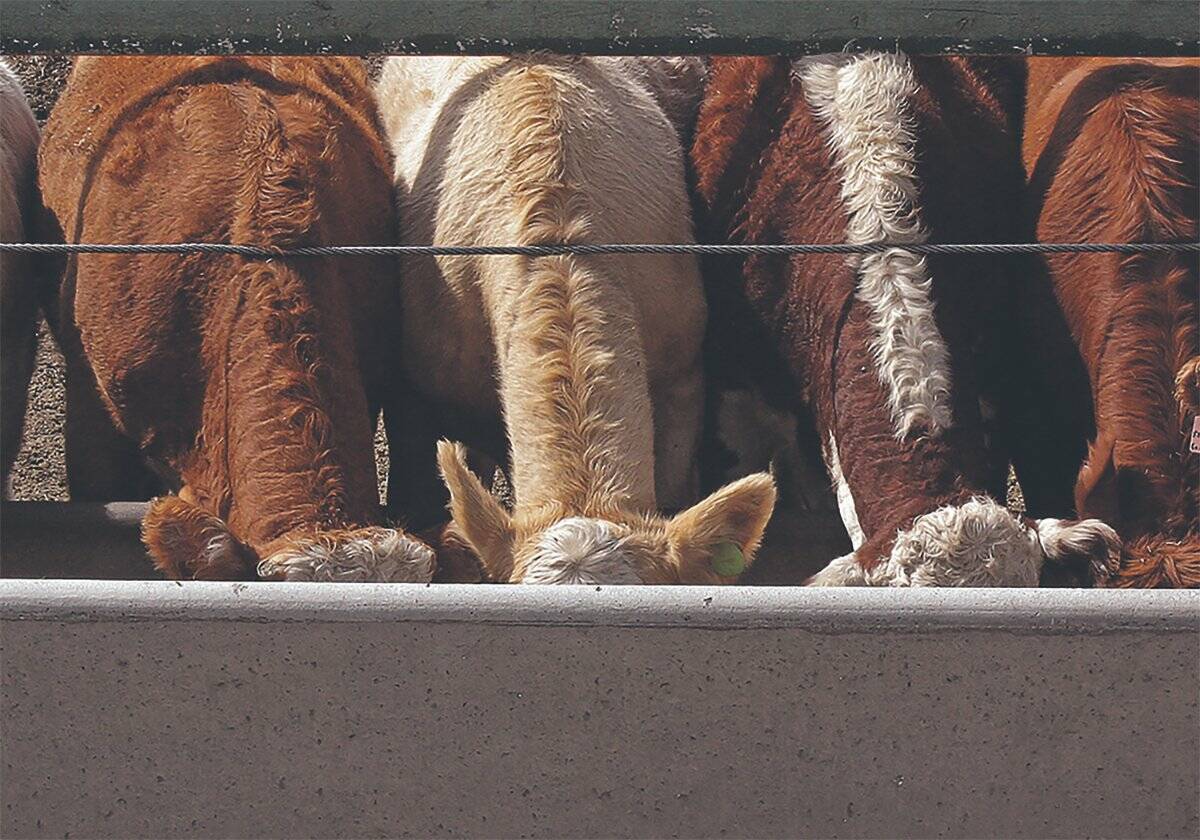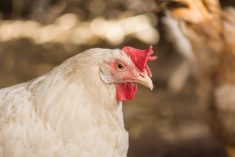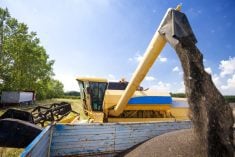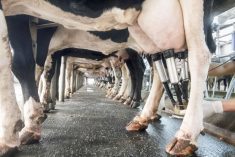KANSAS CITY, Mo. — Bovine viral diarrhea is costing the U.S. cattle industry as much as $2.5 billion a year due to sick animals, treatment expenses and untimely deaths.
“What we spend on preventive measures could be added onto this,” said agricultural economist Derrell Peel of Oklahoma State University.
International efforts to control this mutating virus and its impacts on beef and dairy herds were discussed at a symposium in Kansas City, Missouri, on April 7.
Peel said producers may not realize the full impact of losses because they may not know they have the disease in their herds. Calves die without explanation or a secondary infection.
Read Also

Ample supplies and improved livestock sector to boost Canadian feed sector: FCC
Abundant feed grain supplies and improved profitability for the livestock sector should support strong feed demand and sales through the winter, says a new report from Farm Credit Canada.
He calculates the U.S. calf crop percentage was at around 86 percent in 2014.
“If you could take out those BVD impacts, how much would this change,” he said.
Controls include vaccination, testing and biosecurity, said veterinarian Dan Grooms of Michigan State University.
The disease may be responsible for poor performance, immuno-suppression leading to other diseases, congenital defects, abortion, respiratory problems or acute diarrhea.
Persistently infected (PI) animals are a category that is born infected and actively transmits disease to others. Their infection came about when the virus struck a cow at 60-120 days of pregnancy. If these calves survive, they are infected for life and spread the disease through body secretions.
“They are the major source of transmission of this virus in the cattle population,” said Grooms.
Some PIs look completely normal but many fail to thrive and die young. In rare cases, they survive and enter the breeding herd and produce infected calves.
Tests and vaccinations are available but are often a hard sell among producers who do not want the expense or do not believe they have the disease.
“Vaccination is an effective tool against preventing fetal infection but they are not a silver bullet. If we are really serious about controlling BVD, we have to combine vaccines with other controls like biosecurity,” Grooms said.
A new website containing the latest information about controls and treatments can be seen at www.bvdinfo.org.
Contact barbara.duckworth@producer.com

















